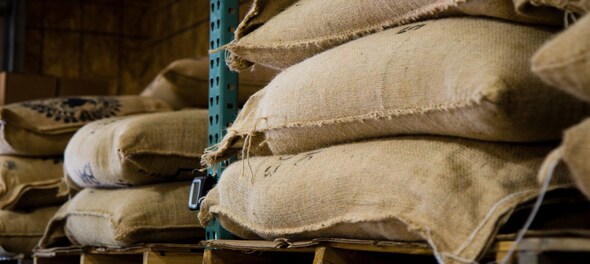
A copy of the monthly per capita consumption expenditure (MPCE) report (75th round) for 2017-18, which was rejected by the Ministry of Statistics and Programme Implementation (Mospi) is now available with CNBC-TV18, and a thorough study shows that there is enough room to doubt some of the findings of this survey.
The key finding, which may have been the cause of the withdrawal of this report, is that it found the monthly rural consumption expenditure in 2017-18, 9.8 percent below what it was in 2011-12. The Mospi notes that the key results of the survey were significantly different from that in other data sources like actual production and even the direction of the change was different. What the Mospi probably couldn’t reconcile is the survey indicating a fall in consumption in 2017-18 versus 2011-12, when the private final consumption expenditure in the GDP was rising every year from 2011-12 to 2017-18.
This is a very valid argument. If one looked at the first revised estimates of the GDP for 2017-18 released on Jan 31, 2019, statement 1.2 (page 12) shows that private final consumption expenditure (PFCE grew every year from 2011-12 to 2017-18.
 PFCE at 2011-12 prices.
PFCE at 2011-12 prices.One argument could be that while over all private final consumption grew, rural PFCE probably declined. This too may be slightly tough to accept. The same report (alluded to above) i.e. the first revised estimates of the GDP of 2017-18 shows that the primary sector — which is predominantly rural — grew on an average at 3.55 percent from 2011-12 to 2017-18, while the secondary and tertiary sectors grew at 6.25 percent and 8.6 percent respectively. By implication it is possible that urban PFCE grew much faster than rural PFCE. But even this data makes it tough to believe that rural consumption could have fallen so dramatically in 2017-18, especially because average growth in primary sector GDP in the years 2016-17 and 2017-18 averaged a robust 5.9 percent.
To the point, the Mospi had good reasons to say the MPCE conclusions drawn from the 75th round of the NSO can be doubted.
Yet should the entire survey be junked for this reason? Would it not be far better to put the findings of the survey out in the public domain with a strong dissent note from the ministry on why they think the survey’s data quality is suspect? Instead of journalists surreptitiously procuring copies and seeking expert opinion for and against the survey’s findings, we could have had a robust national debate on the report; it is possible the findings may have been junked by the broad comity of economists.
Another good reason why the survey should have been published is that it has a wealth of findings besides falling rural consumption. In fact, this is a very small part of the report.
The survey divides the population into 20 fractiles. And finds that the bottom-most fractile — 0-5 percent — spent 60.6 percent of its expenditure on food, but this fell to 58.6 percent by 2017-18. This probably indicates less hunger and greater affordability of non-food items.
In rural India, the bottom 90 percent of the population is spending 1-2 percentage points less on food in 2017-18 than they did in 2011-12, which again can be interpreted as less hunger and greater affordability to spend on non-food items.
Perhaps the most interesting finding of the report is that while in 2011-12 half the urban population spent more on food than on non-food items, by 2017-18 only 40 percent of urban India spent more on food, while full 60 percent spent more on non-food items The complete collapse in the consumption of cereals as a percentage of total expenditure can be seen in states like Maharashtra, Rajasthan, and Gujarat. Such findings can be very important for those driving the public distribution system (PDS).
In short, rather than keep the entire report away from public glare, the government would have gained much more by releasing it. The biggest gain would have been credibility for the entire statistical system and for the government.
Finally, the press release put out by the Press Information Bureau (PIB) also claims that the Mospi didn’t publish the data because the survey may not reflect accurately the consumption of social services like education and health. This is unjustified criticism. A table on page 19 of the summary of the report, seen by CNBC-TV18, details elaborately the share of education and medical care (among other things) in total consumption over the years 2009-10, 2011-12 and 2017-18 for rural and urban India for the households surveyed.
First Published: Nov 24, 2019 7:24 PM IST
Check out our in-depth Market Coverage, Business News & get real-time Stock Market Updates on CNBC-TV18. Also, Watch our channels CNBC-TV18, CNBC Awaaz and CNBC Bajar Live on-the-go!


Dharamshala Assembly bypoll: BJP rebel in fray, straight contest turns into three-way fight
May 23, 2024 2:52 PM
Not invited to any BJP rallies, events, meetings — Jayant Sinha's reply to showcause notice
May 23, 2024 12:58 PM

